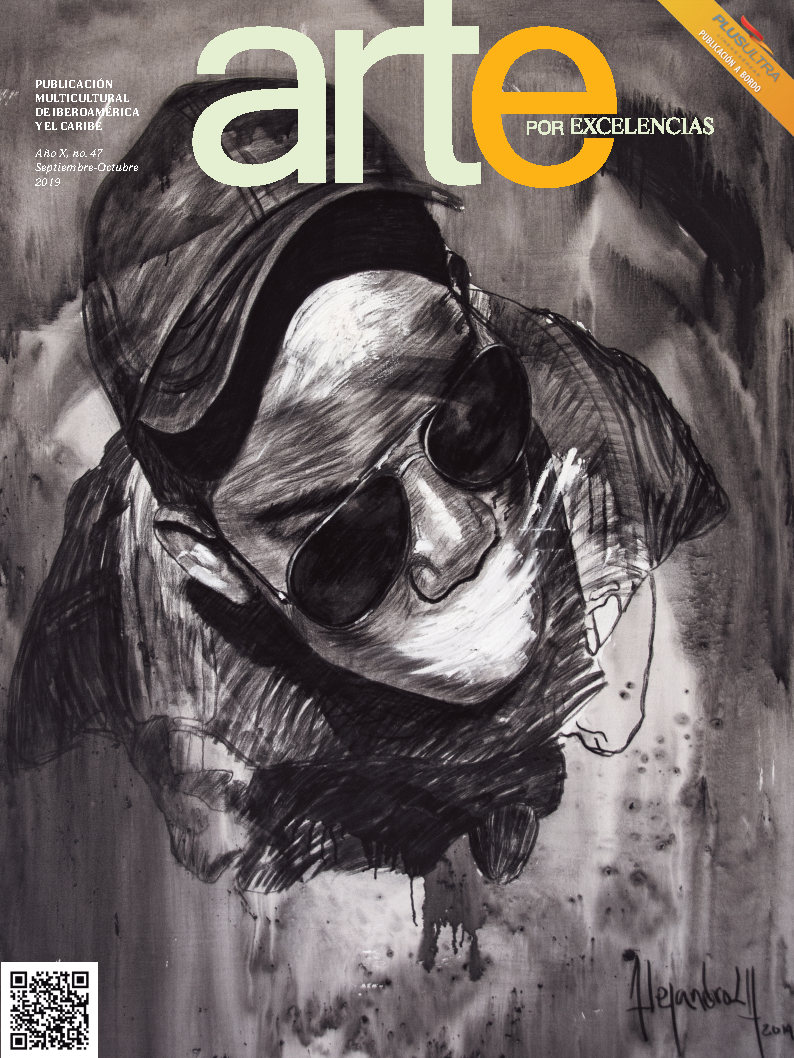The National Ballet of Cuba (BNC) announced here the revival of the most transcendent work of coreographer and co-founder Alberto Alonso, his version of Carmen, together with another two pieces of director Alicia Alonso.
The performances will take place at the Grand Theater of Havana Alicia Alonso, the weekends of October 6-8 and the following 12 to 15 of the same month.
The program includes Threshold and By the Light of your Songs, Works conceived by the company's director, the first in tribute to master George Balanchione, one of the capital figures of the 20th Century ballet and the second, in homage to Cuban singer Esther Borja (1913-2013).
The leading roles will be assumed by first figures Viengsay Valdes, Anette Delgado, Sadaise Arencibia and Grettel Morejon, who makes her debut in Carmen and Claudia Garcia, among several who interpret for the first time other leading figures. Although choreographer founder of the BNC created Carmen especially for Russian diva Maya Plisetskaya, there is no doubt about the contribution to the piece by another great artist, Cuban Alobnso, who turned the gypsy into a legend of the ballet world.
Sometime after the world premiere ibn Moscow, the 1st of August, 1967, Alonso danced that piece in this capital and exceesded expectations, as for many the essence of Carmen choreography lies in the syncretism of the Spanish, Latino and African, present in the Cuban roots.
Interpreters of several countries consider the role a challenge, besides the literary original (1845) of Prosper Merimée, on which are inspired several musical, painting and dancing creations that present a challenge to social and genre constructions still unsurpassed.
This version of Carmen still makes an impact due to the atypical use of technique, the character goes down from the tip of her toes, walks on her heels and adopts closed positions with her legs, contradicting with the academic principle of turning feet out or 'endehors' from the hip to the tip of her feet.
As if it weren't enough, the gypsy moves naturally on scene, barely uses the round canonic arms of classic ballet since the 17th century and combines the technique with faltering movements, gestual plasticity that recalls the style of painter Pablo Picasso.
Carmen personifies inconformity with the old established social order and is dominated by a desire of emancipation so strong that shows indifference before the tragic omens of the cards and diez, for that longed for liberty, victim of intolerance of an era.
This choreography successfully merges the classic technique with the Latin character, besides distinguishing for the possesion of a vast symbology seen not only in attitudes of the characters but also in the scenery designed as a bullring, symbol of life and death.
With this creation, the choreografer made dancing inmortal with the genius of a critical and seductive era.










